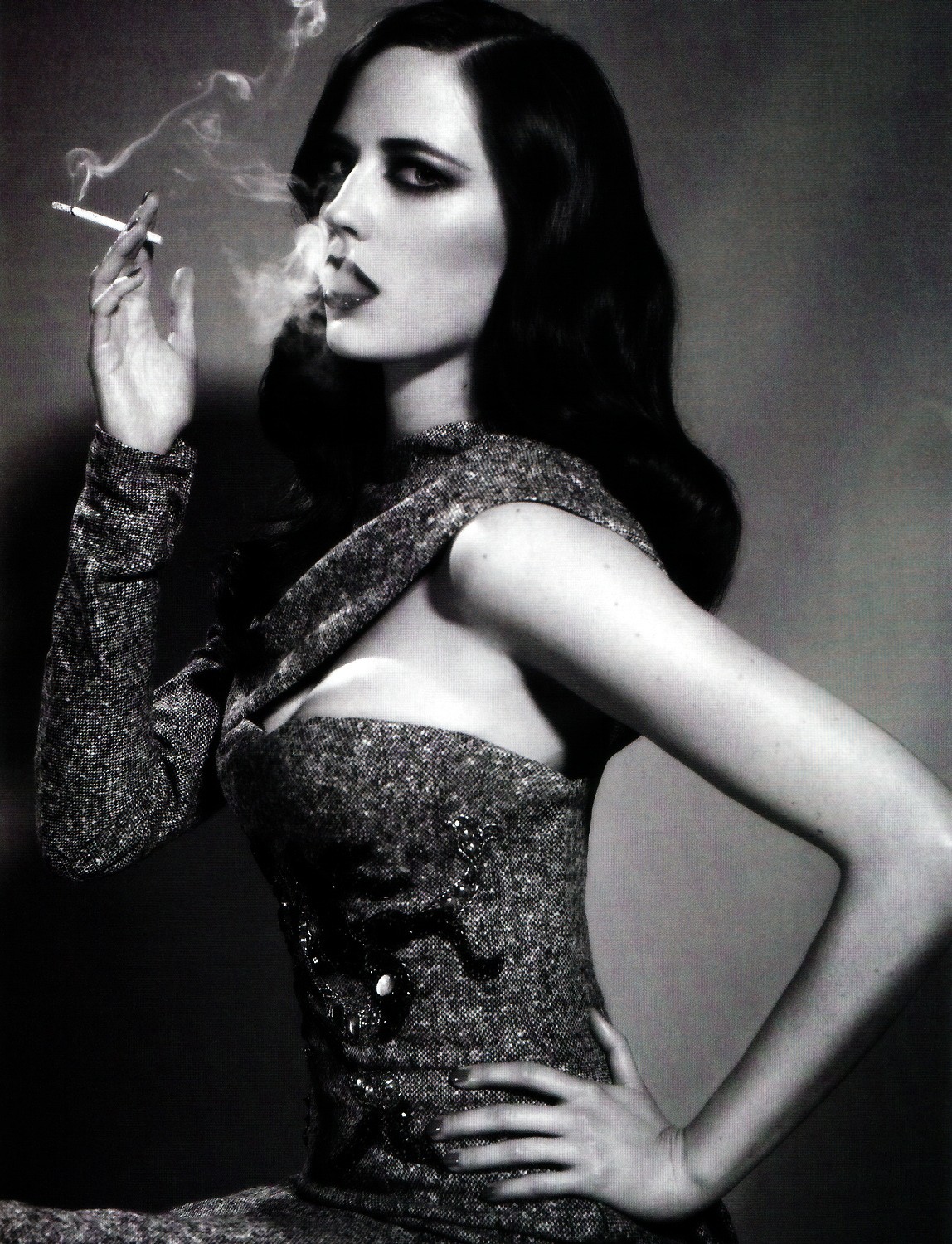Conventions
Thriller as a genre
Thrillers are usually regarded as being full of suspense, tension and excitement, they are the main emotional elements that play a role on the audiences mood. Thrillers often use a high level of anticipation and a lot of expectation, uncertainty, surprise and anxiety. Another very common element in the thriller genre are the buildups, peaks and lulls of suspense, at some points the score, diagetic sounds, mise en scene, cinematography and editing are very slow, the build up in suspense gradually, until there is a sudden shocking moment with heightened everything and more adrenaline building which gradually calms; thrillers have multiple peaks and lulls sometimes in very short spaces of each other.
There are several techniques in thrillers that make them what they are
-Prolonged cross cutting
-Quick cutting montages
-Quick cutting
-Very long shots
-Close ups/ extreme close ups
-Extreme zoom shots
-Use of profile or silhouette
-Dramatic tense or foreboding scores
-Use of enigma codes
-Use of action codes
-Use of dramatic irony
-Red herrings
The codes and conventions signify what we expect in a genre, thrillers have very particular conventions which if broken could easily be presumed as a different genre, as Theresa Perkins said, ’’It can be difficult to see where one genre ends and another begins’’ due to the very fine lines between each genres the conventions help us identify a thriller, ofcourse its still very complex. A common theme however is of characters being placed in menacing situations from which escape seems impossible, with the menace often being abstract, uncertain or shadowy.
Common character types are:
-Criminals
-Fugitives
-Stalkers
-Assasins
-Innocent victims caught up in events.
-Police
-Femme Fatale
Common themes include:
-Terrorism
-Political conspiracy
-Espionage
-Pursuits
-Dangerous obsessions
-Psychological crime
-Oppressive but unseen supernatural occurances.


No comments:
Post a Comment